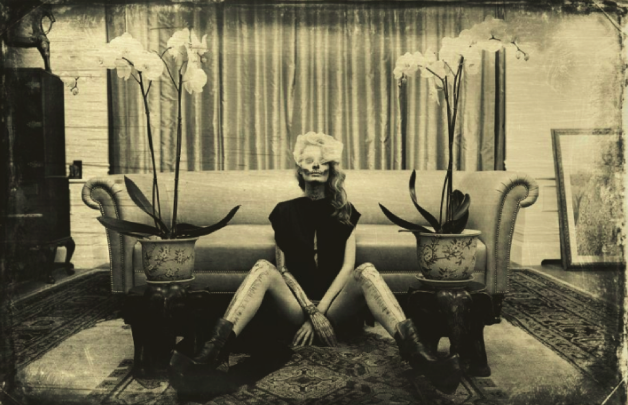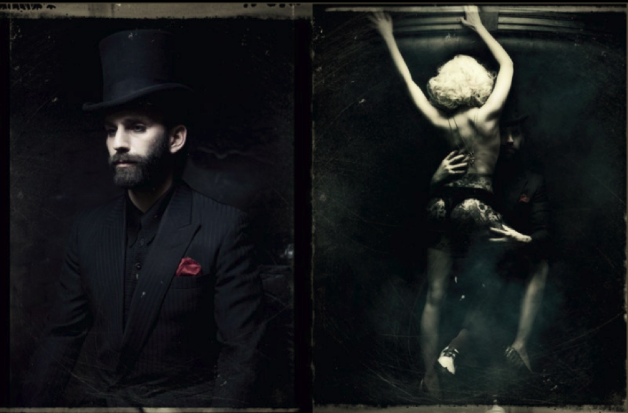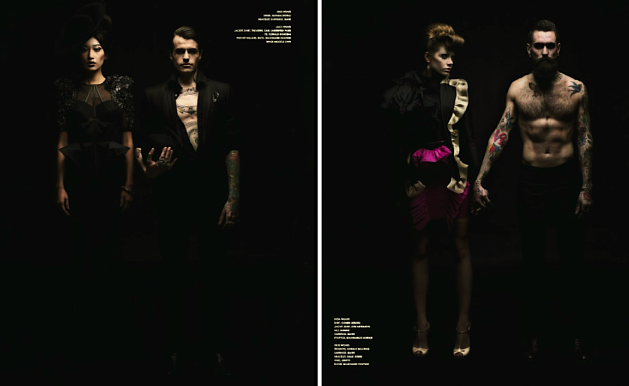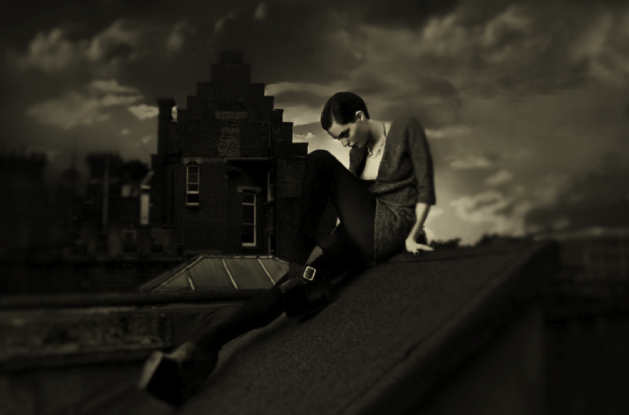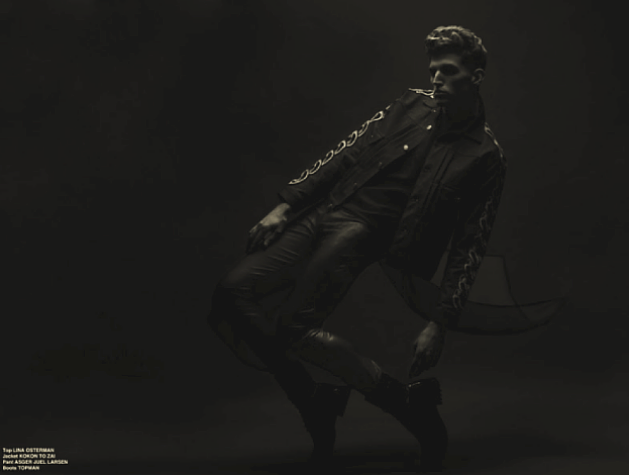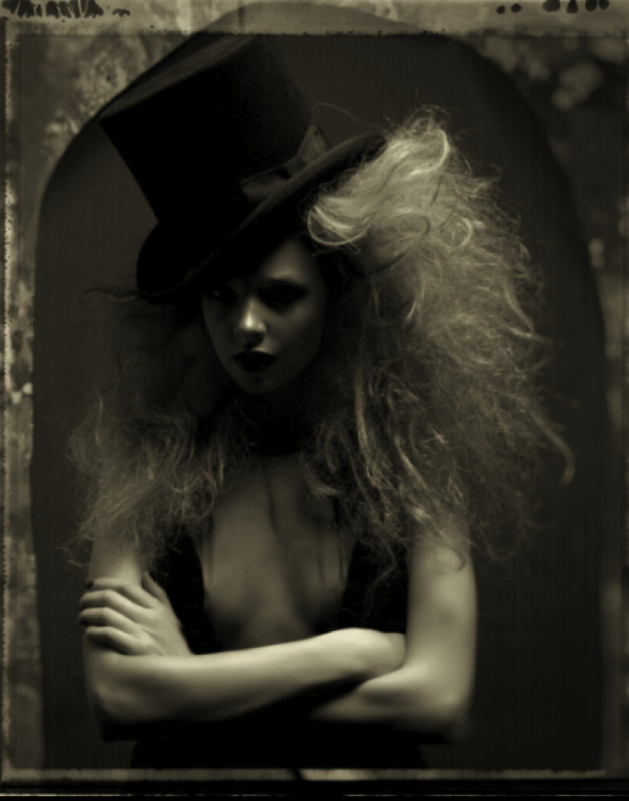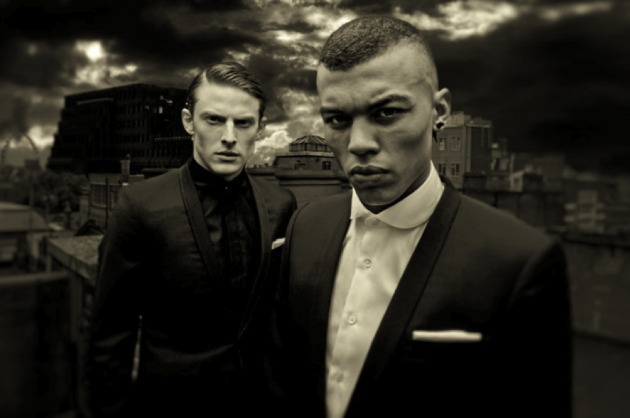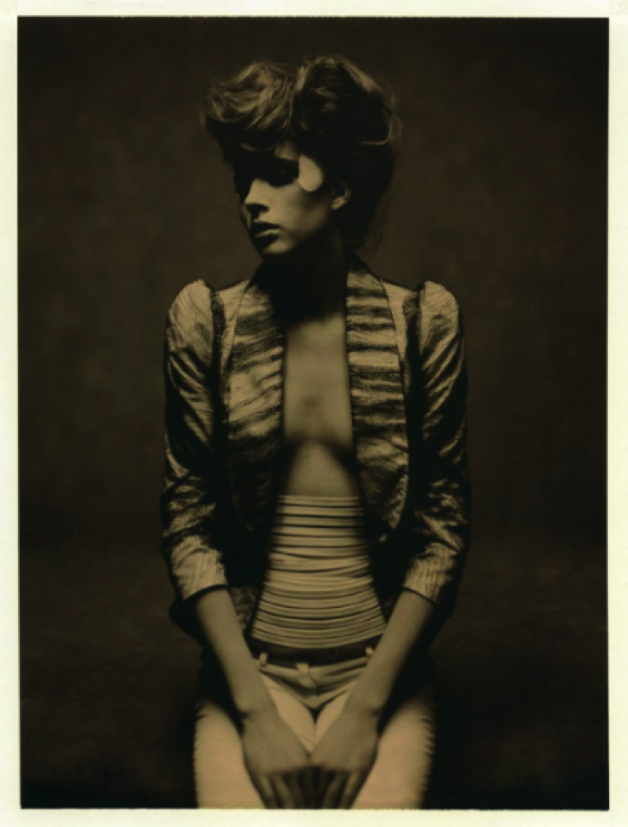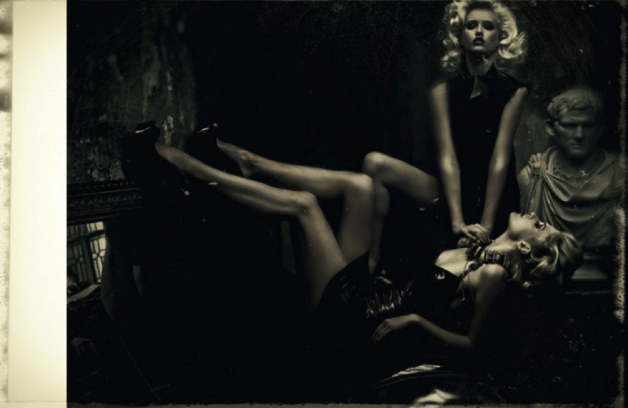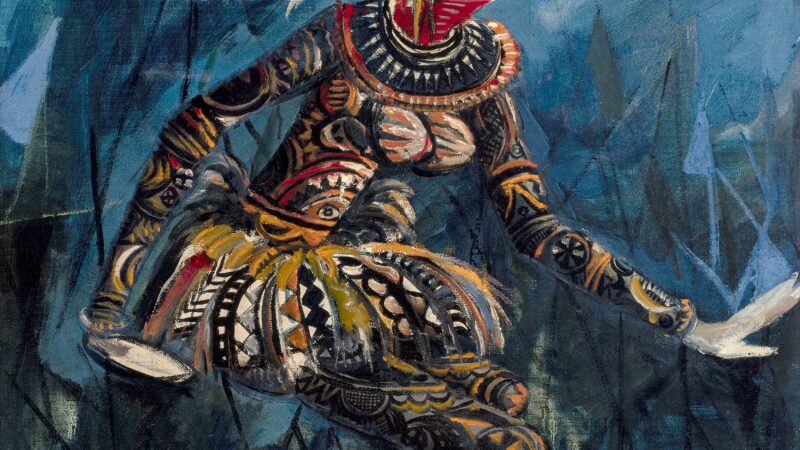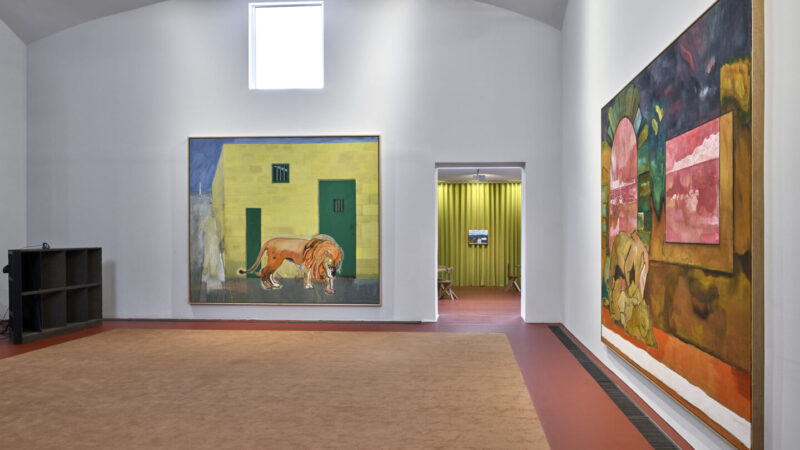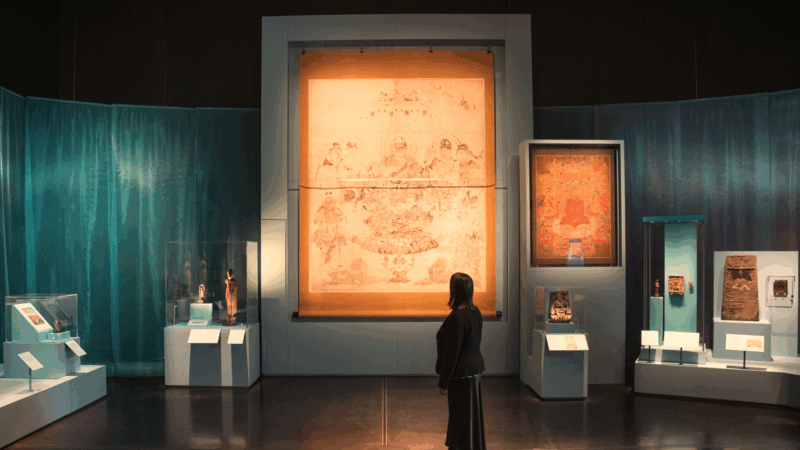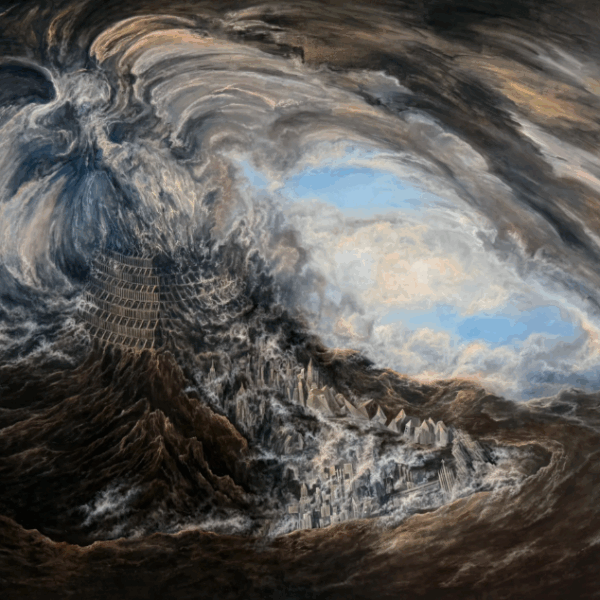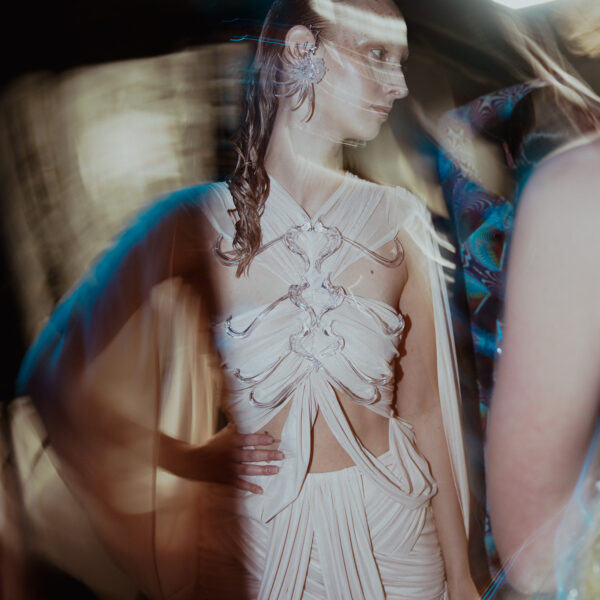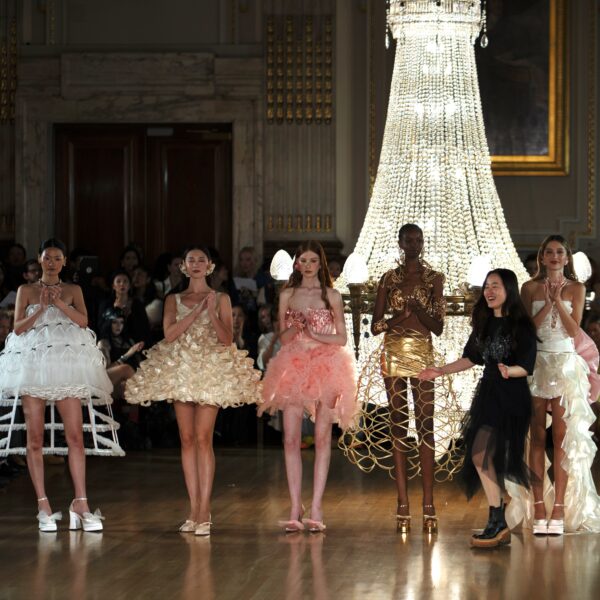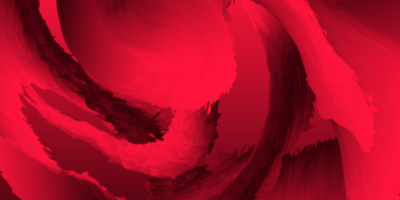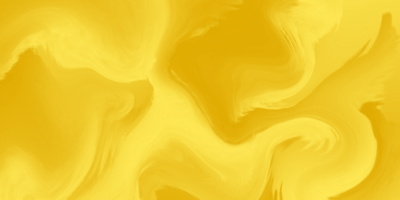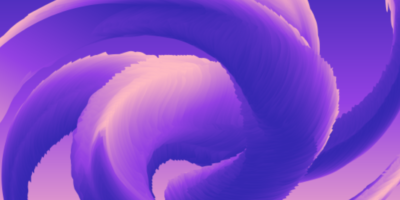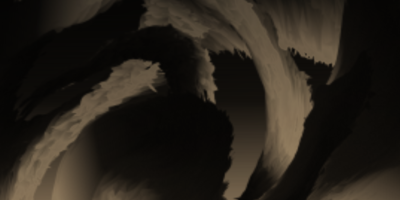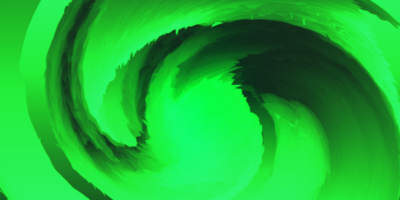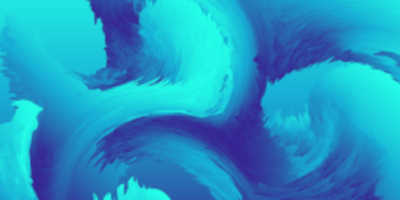New Fashion Photography 2: LaRoache Brothers
Photographing together as the LaRoache Brothers, the work of unconventional duo Wolfgang Mustain and Laurence Edney has appeared in Esquire, Dazed & Confused, Interview, and 215. The pair have shot campaigns for Toni & Guy, as well as the notorious portraits of Pete Doherty and Willem Dafoe.
Drenched in a surprisingly tender Gothicism, their strikingly Victorian theatricality breeds an intoxicating array of highly atmospheric images. Developing on sheets of rusted metal and concrete, the LaRoache Brothers combine elements of menacing horror and passionate romance that, in spite of the ghost-like atmosphere they depict, emanate an exuberant life force of their own.
Two former models, the duo met in Japan in the 1990s, re-emerging as a photographic team of their own some years later. Experiencing life in front of the lens has embedded Mustain and Edney with an insightful understanding, both of themselves as photographers, and the people they portray.
Despite their hauntingly antique appearance, the photographs are the result of an innovative incorporation of technology. By exploring now out-dated techniques, painting with light-sensitive photographic emulsion, printing on unusual surface, the LaRoache Brothers question the generic conventions of photographic representation, showing that a picture is more than just the subject matter.
The pair deliberately de-construct surfaces and incorporate the ethereal mystery of the past which, no matter how quickly we progress, will always haunt the present. This parallel between past and present creates images filled with a haunting richness and depth – shadows are offset by ghostly glows of light; editorials are shot in sinister, faded monochromes; grainy hues of copper, grey and taupe enfold the print. Collectively, their work sheds new light on the rich magnificence of the past that transcends the boundaries of time itself.
Prime Planet: What does ‘photography’ mean to you?
LaRoache Brothers: It’s a wonderful medium for us to create and express ourselves in a fantastical way. It is the physical manifestation of the imagining process; born somewhere between the conscious and subconscious. The powerful images we create are no accident. For us, the creative process comes to fruition in the days leading up to the shoot, never on the day. Photography is simply the process, which transports the image we create in our minds to the image people see on the paper. There’s a subconscious channel of some form between us. Sometimes, when that magic’s firing on all cylinders, we just look at each other, smile slightly, and look away. For me, it’s like a thousand words in a single second of recognition. Those moments are a rush. In the creative world, we’re soul mates. It’s very hard to explain.
PP: What creates the distinction between your fashion, fine art, and portrait photography, if anything? Do you approach them differently?
LRB: In fine art, we’re bringing to life our wildest imaginings. In portraiture, we hope to coax a combination of the subject’s actual characteristics and – hopefully – something inside them that only the camera can find. On seeing their pictures, a subject will well up, like finding a long-lost parent; then we know we found it. To us, photography is sorcery: more than the sum of its parts. On fashion work, we’re usually bringing to life the imaginings of a client, with an aspect of fine art and portraiture, dependent on how creative the brief is. Our style will naturally weep into everything we shoot. Although it depends of course on the brief and the client we are working for. Fashion has its restraints whereas fine art we certainly have more freedom to express ourselves. Portraits we really try to capture the true character of our subject.
PP: You seem to have a strong fascination with the theatrical – why do you like to incorporate this into your work?
LRB: We have always had a penchant for dark drama in all forms of theatre, films, music, paintings etc. I think this naturally reflects in our work. The imaginings our work comes from within. If that’s theatrical then I suppose it must be a reflection of us, as the artists. I think we share a lust for a life that doesn’t exist; scaled up, more sensual, and more alive than the humdrum of mediocrity that is daily survival. Our best work comes from powerful feelings, not the creative briefs others seem to live by. Watching the clinical, over-manipulated works of our contemporaries makes me realise we’re doing something very different. Something alive in a field of corpses. It’s what separates artist from camera-owner.
PP: Where did the interest in Gothicism come from?
LRB: It just seems to take over. We have always had a very similar style. We love to take a brief and play with it in our own way. Adding our ideas. It then takes on a life of its own. The creative world has become a flood lit, empty room. Whiteness dominates. Like [white] sheep, everyone’s chasing the same ‘clean’ look. Artistry has been reduced to subtle messages eked from a single overpowering theme. The world isn’t white. Our work isn’t dark. The obsession with white is the obsession with Man’s sanitisation of life. It’s in everything, from the magazine you’re reading to the building it was made in: emptiness dominates. But nature isn’t white. Half the day is black and the rest is rich with colour. When people see our images, they feel something. Many things. Full spectrum. Never ‘clean’.
PP: Have you always worked with this theme in mind, or did you make a conscious decision to move away from something else towards the gothic ally theatrical, away from the typical high fashion photography?
LRB: Again we have always had a fascination with all things Victorian…. it’s mysterious, stylish, sexy and dark. Here are two kinds of light; the glow that illumines, and the glare that obscures. The fad of today will burn out tomorrow. Our work will endure. Yesterday – and every period that came before it – wasn’t colourless. If you draw your inspiration from all history, your work will inevitably be richer than the single-dimensional work of modernity, cloned over and again by everyone and his cat. To us, the sanitisation of art is the sanitisation of nature: THAT’S dark. Our work vibrates on many frequencies, not one. ‘Gothic’ or ‘dark’ is an inevitable reaction to our work from those blinded by the shallow dross of the moment. Let it burn away.
PP: What do you feel makes you able to combine this different approach to high fashion with commercial appeal so successfully?
LRB: I guess we have always been drawn to this style. But depending on the client we are working with depends on how far down the rabbit hole we go….! Much of the work we see from most fashion photographers we look at seems very disposable and we think, “Why are you doing that please stop.”
PP: Many images deconstruct the traditional approach to what some would consider a ‘fashion image’. What, for you, is beauty? Do you think that this has a different meaning now?
LRB: Beauty has always had a different meaning to us… We tend to shoot through a copper-coloured looking glass to the past using techniques rooted in the here and now. This sometimes requires using modern technology to deconstruct the film or digital image. For us therein lies the beauty and the buzz.
PP: What do you think is more important when conveying elements of horror – something gruesome, or like the past, something that’s psychologically unnerving?
LRB: Psychologically unnerving of course.
PP: You started out as models – what encouraged you to move into photography rather than being photographed?
LRB: I originally bought a camera very early on in those day and soon realized that I was much better on the other side of the lens…I use to be with Premier and started testing all of the new faces there and it just sort of progressed from that point. I then ended up working as an assistant for Steven White in New York and really learned most of what I know now from him. (Wolfgang)
PP: Has being on the other side of your camera helped your understanding as photographers?
LRB: Absolutely it certainly has helped a lot. Having worked with many of the best photographers in the world you get a great feel for how to interact with the models. How to get the best from your subjects. Keep them well feed, warm and make them laugh. Then you’re halfway home…
PP: What do you primarily work with – film or digital, and why?
LRB: Given the choice we would always use film or Polaroid. Many images on our website were shot on 10x 8 Polaroid. If we do shoot on digital then we try and make it look like film or 10 x8 Polaroid.
PP: You tend to develop photographs on sheets of metal etc. – why do you choose to work with these textures?
LRB: We use a Victorian printing process, which involves painting liquid light sensitive emulsion on to surfaces. In Victorian times they used tin. We use many different materials as the image takes on the texture of any surface you use. We do a lot of liquid light projects on different surfaces. Many have been private commissions as it turns the wall into a giant photograph. You paint on the liquid light emulsion and then expose your image in lightproof conditions. Then develop and fix it. The way we do it every image has its own unique feel and finish to it. Making it a one off piece of art.
PP: How does the collaborative element in your work come about?
LRB: We have been friends since we were kids so the fact that we know each other so well helps… We both have a similar vision and as most of work is in the pre-production it just seems to flow out of us. Also it is quite a luxury to always have a fresh pair of eyes on any given shoot day.
PP: Would you say that you’re attempting to communicate a personal interpretation or vision of the world?
LRB: We see a dark dramatic mysterious world…Darkness pierced by the light.
PP: What ideas and feelings do you hope to inspire in viewers?
LRB: If we could inspire anything in anyone it would be a strong reaction to our work, be it good or bad. All art accomplishes its goal with this simple realization.
PP: Where and how far would you ideally like to take this approach to photography in the future?
LRB: We always try and take things as far as we can…. we have just signed with Quintessentially and hope to translate our style into high-end advertising.
PP: Do you feel that your work in some ways challenges the constructs of society and/or photography today? Is that your intention?
LRB: The constructs of society are as dull as dishwater so yes I think our work does challenge society although it’s definitely not something we consciously try to do. The trick is depending on the client trying to achieve this in a commercially viable manner.
PP: What do you think your work reveals about yourself?
LRB: Artistic fulfillment and the freedom to make a living doing something you enjoy.
PP: What has been the most important lesson you’ve learnt throughout the years as a photographer?
LRB: That the camera is a very complex beast… it always records the truth but never tells it.
-Charlie Clarkson
(All images from www.laroachebrothers.com)


